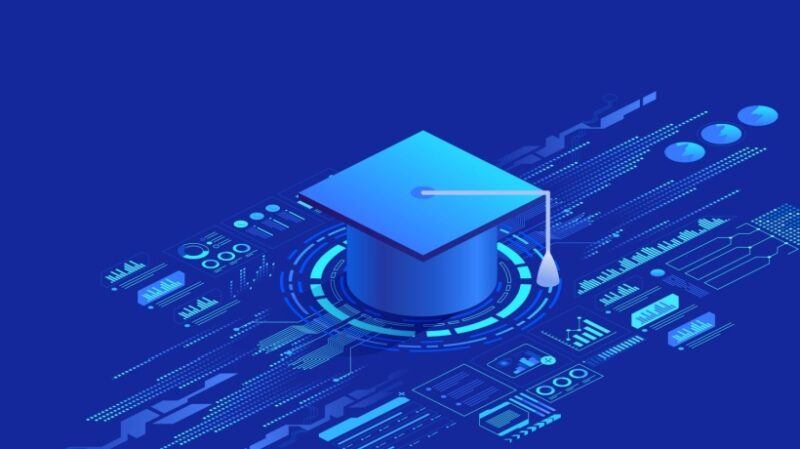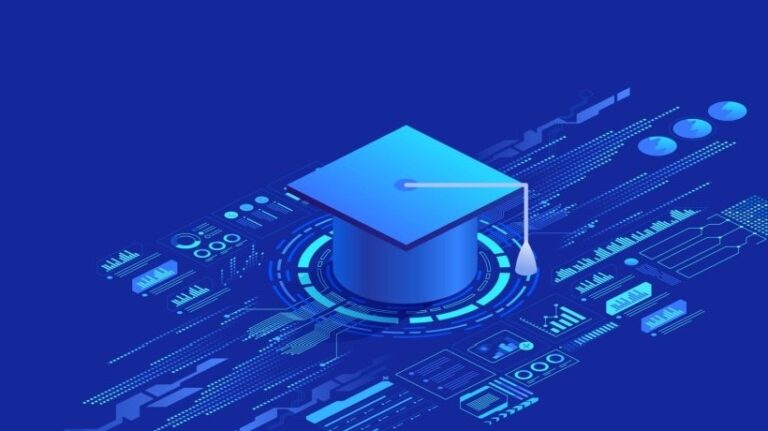
Technology amplifies teachers and does not replace them
The conversations taking place in faculty lounges across the country are not about curriculum or student performance. It’s about survival. Educators watch artificial intelligence (AI) tutors get smarter each day, seeing digital platforms handle tasks once thought of as human, wondering if the profession has an expiration date. This anxiety, while easy to understand, completely misses the big picture. The relationship between educators and technology is not a zero-sum game where one wins and the other loses. This is a partnership that seeks to unleash human potential in ways that have never been seen before.
Escape content delivery prison
Education has been stuck in the industrial model for too long. Educators became human information delivery systems, standing in front of a room full of people broadcasting content that looked like living textbooks. This approach wasted their most valuable assets. It is the ability to understand, stimulate and transform human life.
Instead of designing a meaningful learning experience, think about what happens when a great trainer spends three days formatting compliance materials. Or when a talented teacher creates a worksheet rather than mentoring a struggling student. The system was broken long before the technology arrived.
Digital learning platforms are destroying this outdated model. Something magical happens when software processes content delivery, progress tracking, and routine assessments. Educators remember why they chose this profession in the first place.
Precision education revolution
Traditional education forced teachers to make cruel choices. Personalize for one student, lose 29 others or teach in the middle, everyone is partially unhappy. Technology has destroyed this false dilemma.
The latest learning platforms can track clicks, pauses, and student experiences. But here’s what educators like high-tech are missing: This data does not replace human insights. The platform may identify learners as staying with a specific concept, but only human educators who know if the student needs encouragement, alternative explanations, or permission to struggle a little longer.
Think of it as giving teachers an X-ray vision to their learning process. Technology sees the problem. Educators provide treatments.
Creativity has been unleashed
When educators stop spending time on busy management tasks, they become very creative. Freed from the constraints of creating manual content and delivering it all, they begin experimenting with previously impossible learning experiences.
Trainers design immersive scenarios where every choice leads to different learning outcomes. Teachers create adaptive content that responds to individual learning styles in real time. The professor is building a global classroom where students collaborate across the continent. This is not a replacement for educators. Amplify their creative visions and make previously impossible ideas possible.
Benefits of intimacy
Here are the counterintuitive truths about digital learning: It creates fewer and less intimate educational relationships. When technology provides detailed insights into how each student thinks, learns and struggles, educators can have unprecedented conversations.
Instead of a general business hours discussion, teachers can address specific learning challenges with surgical accuracy. Trainers can provide precisely the support each participant needs, rather than broad encouragement. The relationships are deeper, more meaningful and more influential.
Humans do their best
Panic about educator redundancy assumes that education is primarily about information transfer. But anyone who has experienced truly transformative education knows well. The best educators are not human databases. They are meaningful makers, people who are confident and potential.
These unique human abilities are more valuable in technology-rich environments. If learners have immediate access to information, they need a guide that can navigate complexity, integrate knowledge, and creatively apply insights. The machine is excellent at pattern recognition and data processing. Humans are excellent at breaking patterns and cultivating wisdom. The combination cannot be stopped.
Mentorship Renaissance
We are witnessing the emergence of the golden age of education. All educators can function as master craftsmen with apprentices. As technology handles everyday aspects of learning, human interactions focus completely on growth, development, and transformation.
This is no longer about teaching the subject. It’s about teaching people how to think, learn, and become the best version of themselves. It’s not an automated job. It is a calling to promote.
Selection points
Today, all educators are at a crossroads. One path is resistance, fear, and irrelevant. There are other false partnerships and empowerment, and together educators and technology have an unprecedented impact.
Educators who thrive in the digital age are not people who can compete with computers. They will be those who understand who their greatest strength is not what they know, but who they are and how they connect with the learners.
Technology is not a replacement for the human touch in education. It’s here to amplify it, expand it, and make it stronger than ever.
The future is human-centric
The most sophisticated learning platform is not worth it without educators who understand how to use it to serve human potential. The most advanced AI tutors cannot replace teachers who see something special to struggling students and refuse to give up.
The future of education is not about the choices of humans and machines. It is about humans and machines working together to create a learning experience that neither of them can achieve on their own.
Technology is ready. The question is, are educators ready to step into their own strength? The answer determines not only the future of education, but the future of human potential itself.
Magic Box
MagicBox™ is an award-winning digital learning platform for K-12, higher education and enterprise publishing. Publishers, authors and content creators can use it to create, distribute and manage rich, interactive content.


